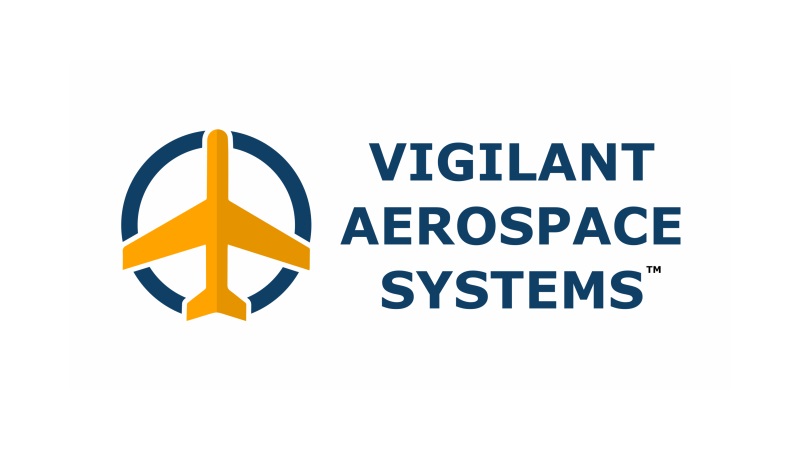
July 24, 2024
OKLAHOMA CITY (OBV) – An Oklahoma drone technology company is making strides in creating advanced versions of its software, which will be used to develop a distributed detect-and-avoid and airspace management system.
The company, Vigilant Aerospace Systems, has completed multiple field tests of increasingly advanced versions of its FlightHorizon software.
The Oklahoma City-based company is advancing its FlightHorizon software for its project with the Oklahoma Center for Advancement of Science & Technology (OCAST) to develop the aforementioned airspace management system.
Vigilant’s FlightHorizon is a dual-use technology based on two NASA patents. It uses a combination of sensors and data sources to create a 2D or 3D view of all aircraft in the selected airspace to serve as an airspace safety picture for pilots, airspace managers and command centers. Those views are required to meet FAA regulatory requirements for advanced UAS flights.
The project aims to test and demonstrate a networked version of FlightHorizon, integrate three different models and types of radar and utilize multiple radars simultaneously to provide wide area coverage in support of emerging droneports and UAS flight corridors, according to Vigilant representatives.
OCAST and the U.S. Economic Development Administration are sponsoring the nearly $1-million project. Vigilant Aerospace received a $500,000 grant to work on the project. Vigilant won an OCAST grant in 2019 to work with Oklahoma State University integrating new radars into its FlightHorizon collision avoidance system.
OSU’s Oklahoma Aerospace Institute for Research and Education (OAIRE) is the new project’s research partner, providing a flight facility, engineering support and aircraft for the project.
“OAIRE’s research and engineering support for this project has been exemplary and the testing environment at OSU’s Unmanned Aircraft Flight Station is perfect for putting some of the top radars currently available through their paces,” said Kraettli Epperson, CEO, Vigilant Aerospace. “With technology evolving rapidly in this space, it is important that we integrate and test the latest sensors in a rigorous way, and these live field and flight tests with general aviation aircraft are the best way to test real-world performance and prove out real-world safety.”
The project addresses challenges related to the growing number of inspection and delivery drones, first responder drones (DFR programs) and larger air taxi and cargo drones, which require new airspace management paradigms to safely integrate them into airspace and air traffic.
This project serves the following purposes:
- Utilizing industry technical standards that are used as an FAA “means of compliance” to regulations.
- Ground-truthing of radar tracking data by using onboard precision GPS tracking of the actual aircraft location in comparison to the radar tracks.
- FlightHorizon track correlation to de-duplicate targets across multiple radars and sensors.
- Channelization of radar frequencies to deconflict multiple simultaneous radar beams.
- The use of extensible, scalable software and scalable computing power to expand the system to multiple radars and multiple nodes.
Detect-and-avoid systems (DAA) give drones awareness of the air traffic around them, enabling them to avoid collisions and maintain safe distances.
“Effective DAA is critical to allowing drones and other autonomous aircraft to fly outside the sight of their pilots and to for long distances,” a Vigilant news release states.
Vigilant has had contracts with NASA, the FAA, the U.S. Department of Defense and a range of drone development programs.
FlightHorizon won NASA’s Commercial Invention of the Year 2021 award.
Click here to learn more about Vigilant.

